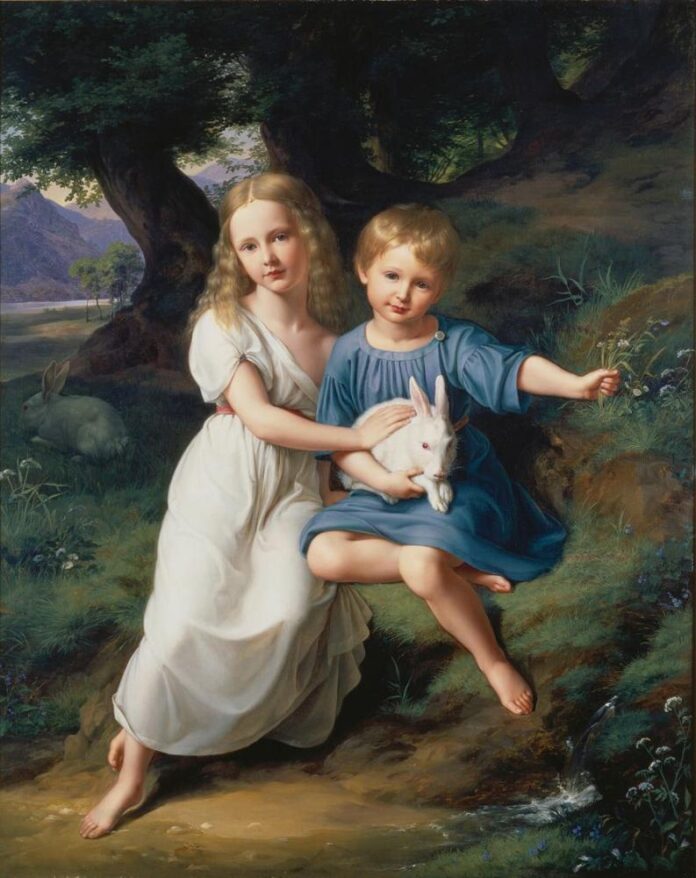The city of Dusseldorf has reached a settlement on a portrait in its collection, Wilhelm von Schadow’s The Artist’s Children (1830), ending a long-running dispute with the heirs of Max Stern, a Jewish art dealer who was forced to liquidate his gallery and flee Nazi Germany.
Under the terms of the settlement, which was approved yesterday by the city assembly, Dusseldorf has bought back the painting from Stern’s heirs for an undisclosed sum and will display it in the Kunstpalast museum from August. “I am glad that with this fair and just solution, this important painting remains in Dusseldorf,” said Stephan Keller, the city’s mayor.
Max Stern took over Galerie Stern on Dusseldorf’s Königsallee after the death of his father in 1934. The Nazis ordered him to liquidate the gallery in 1935, but he managed to keep it running until 1937, when he was forced to close and sell his stock at an auction in Cologne.
Stern fled Germany and settled in Montreal, where he once again built a thriving art business as the director and, later, owner of the Dominion Gallery. He died childless in 1987 and bequeathed the bulk of his estate to three universities—Concordia and McGill in Montreal, and the Hebrew University in Jerusalem. In 2002, his estate launched an initiative to recover his lost art, the Max Stern Art Restitution Project.
The Dr. Max and Iris Stern Foundation first lodged a claim for the Schadow portrait many years ago. But Dusseldorf then rejected the claim, saying there was no conclusive evidence that the painting was lost due to Nazi-era persecution.
A new city council elected in 2020 has taken a different view and agreed to restitute the painting despite gaps in its provenance.
The portrait was probably in the gallery’s ownership in 1931, when it was loaned to an exhibition. In 1937, Galerie Stern gave permission for it to be reproduced in a book about paintings of children and provided the photograph—but it cannot be proven with certainty that the gallery owned it at that stage. The city of Dusseldorf acquired it from a private owner in 1959; for many years, it hung in the mayor’s office.
“We couldn’t prove that it was not a restitution case, so we as the city government recommended to the assembly that it should be restituted,” said Miriam Koch, the city official in charge of culture. “The big parties in the city council supported restitution.”

























